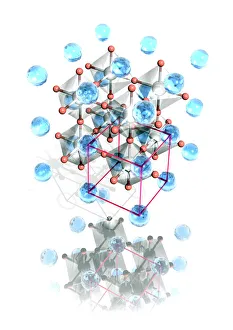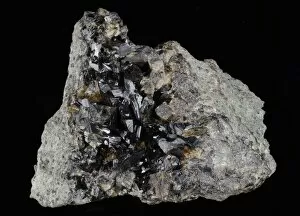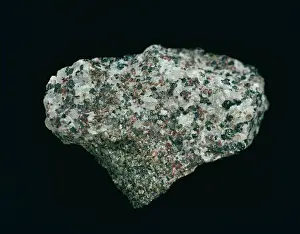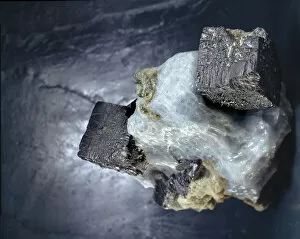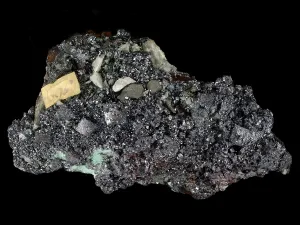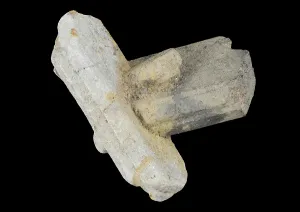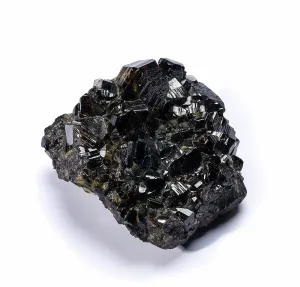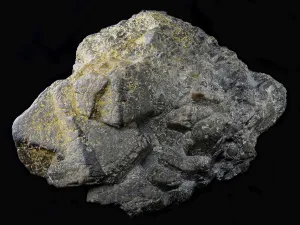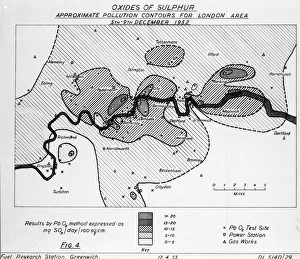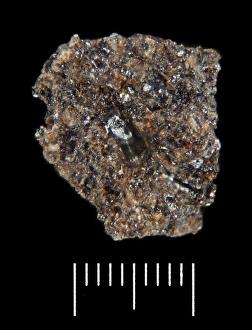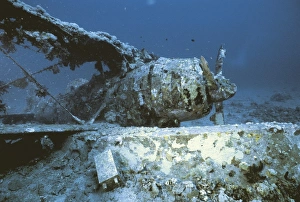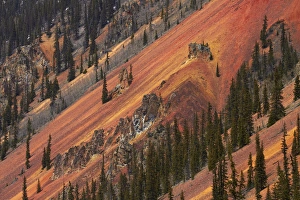Oxide Collection
"Exploring the World of Oxide: From Perovskite Crystal Structure to Ancient Mines" Delving into the depths of mineralogy, we uncover the fascinating world of oxides
All Professionally Made to Order for Quick Shipping
"Exploring the World of Oxide: From Perovskite Crystal Structure to Ancient Mines" Delving into the depths of mineralogy, we uncover the fascinating world of oxides. Journeying to Wherry Mine in Cornwall, England, we discover Cassiterite - a captivating oxide with its unique crystal structure. Franklinite, a zinc ore found in Wherrytown's mines, showcases the diverse range of oxides and their industrial applications. The enigmatic beauty of Perovskite captivates our imagination as we explore its intricate crystal lattice structure. Unveiling the intriguing connection between oxides and religion, we encounter a Crucifix carved from an ancient rock rich in copper oxide minerals. Rewinding time through vintage advertisements, Dr Williams' pink pills for pale people remind us how oxides have been used historically for medicinal purposes. Gazing upon Cuprite with Minor Quartz from Gwennap's mines in Cornwall takes us on a visual journey through nature's artistic expression using vibrant red oxide hues. Hematite from Buxton reveals nature's mastery at creating stunning formations that showcase iron oxide's mesmerizing colors and patterns. In Forest of Dean, Goethite with Calcite reminds us that even humble rust can transform into breathtaking works of art when combined with other minerals like calcite crystals. Manganite from Warwickshire tells tales of geological wonders hidden beneath our feet - showcasing manganese dioxide's ability to form striking black crystalline structures. Wheal Maudlin in Lostwithiel holds secrets within its ancient grounds; Cassiterite emerges as a testament to Cornwall’s rich mining history and its significant role in tin production. In this captivating exploration into the realm of oxides, we witness their remarkable diversity and undeniable allure across various locations worldwide – reminding us that these compounds are not just scientific curiosities, but also integral parts of our geological heritage.

